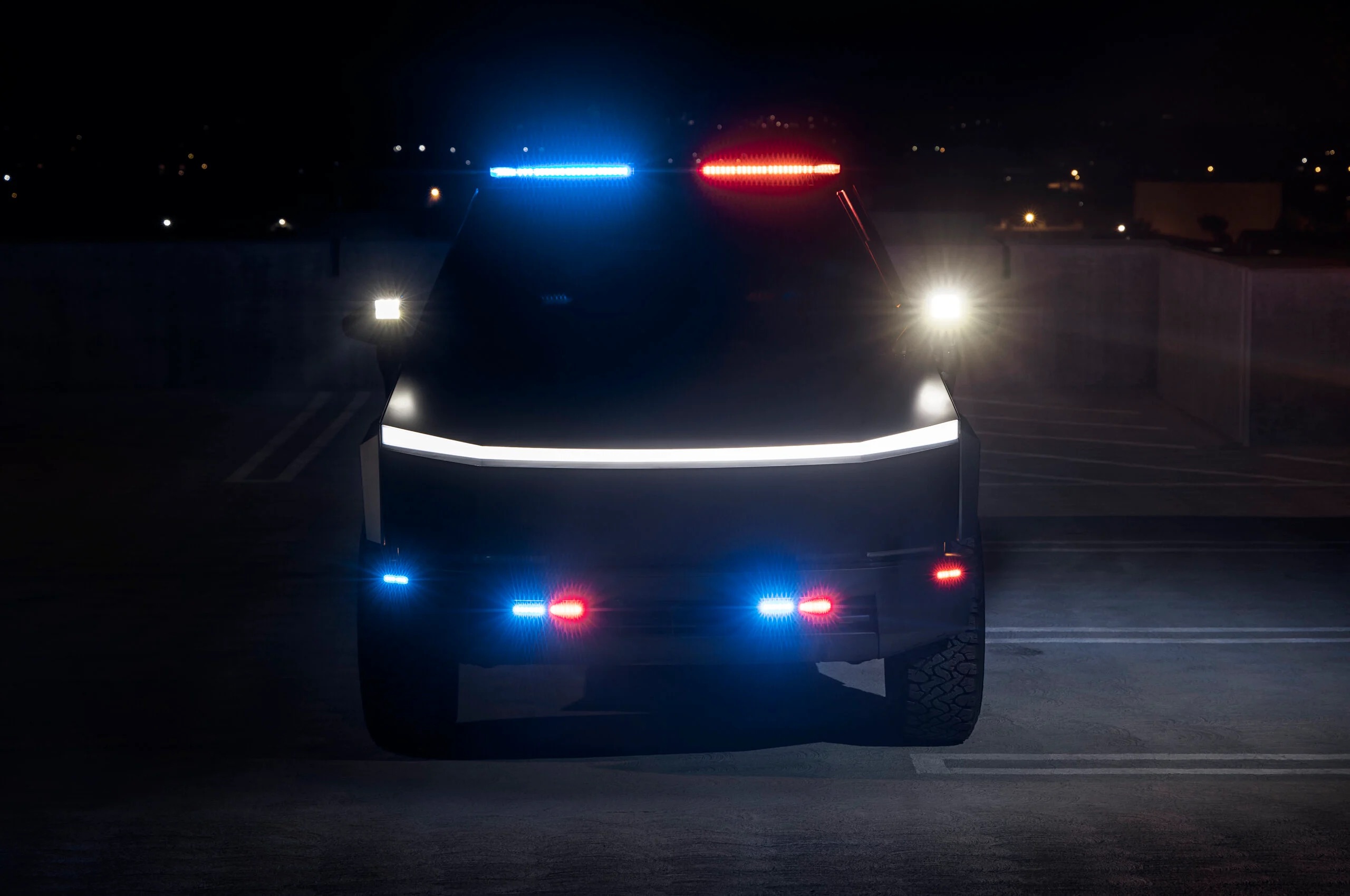Sign up for daily news updates from CleanTechnica on email. Or follow us on Google News!
rPlus Energies recently announced that it secured over $1 billion in construction debt financing for a huge solar power and energy storage project. The funding is for 400 MW of solar PV and 400 MW/1,600 MWh of battery storage at the Green River Energy Center project in Utah. The project will be the largest planned solar power and storage facility in that state.
This project is even larger than one I wrote about in Arizona five months ago, which is 255 MW/1,020 MWh for energy storage. Seven months ago, Steve Hanley wrote about a 185 MW/565 MWh Hawaii energy storage project. Even though these are really large energy storage systems, this new Utah one almost makes them look small at 400 MW/1,600 MWh.
rPlus Energies President Luigi Resta answered some questions about it for CleanTechnica.
Where will the 400 MW of solar PV be located, and will all the panels be ground mounted?
Emery County, UT, yes all ground-mounted single axis tracking.
What will all the solar power be used for?
Providing energy to the grid to support Pacificorp’s energy needs.
Once completed, what will the 400 MW/1,600 MWh energy storage project be used for?
Providing “dispatchable” energy to the grid (will enable storage of solar energy for delivery later).
Are the battery systems in containers such as those used in shipping?
Yes, the batteries are fully containerized and arrive on-site fully assembled and ready to “plug in” – they are pre-manufactured in a factory in the US.
What is the battery chemistry used in them?
Lithium ion, specifically lithium ferrous phosphate (LFP).
What will the energy storage project’s lifespan be?
The battery system is contracted for 20 years and the design will exceed that timeframe.
What is the total project cost for the solar and energy storage?
Roughly $1bn (this is consistent with the press release for debt financing).
About how much land will be utilized for the battery systems once they are installed?
The BESS area is roughly 15 acres.
How many jobs are created for the installation phase, and then once completed, for the operations?
Up to approximately 500 construction phase jobs — once operational, there will be approximately 10 staff on site on a regular to periodic basis.
What does routine maintenance look like for the solar power and battery systems?
Regular inspection of electrical equipment such as inverters and high voltage substation, battery units, site is remotely monitored around the clock via specialized telemetry which enables coordination with the grid and ensuring everything is working correctly, or spotting issues to be addressed.
Once the batteries are at the end of their use-life, can they be recycled?
Yes.
Have a tip for CleanTechnica? Want to advertise? Want to suggest a guest for our CleanTech Talk podcast? Contact us here.
Latest CleanTechnica.TV Videos
CleanTechnica uses affiliate links. See our policy here.
CleanTechnica’s Comment Policy




.jpg)